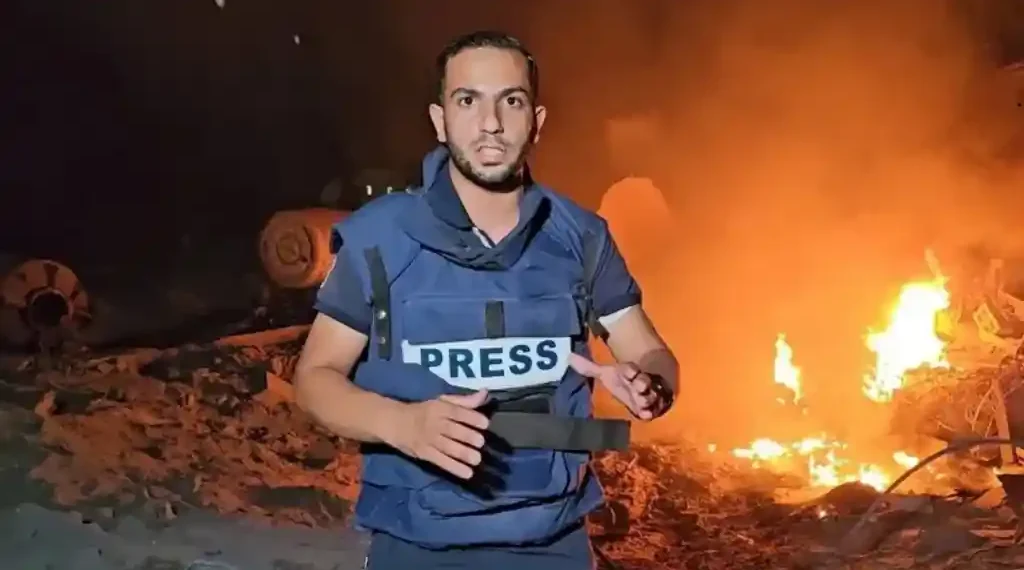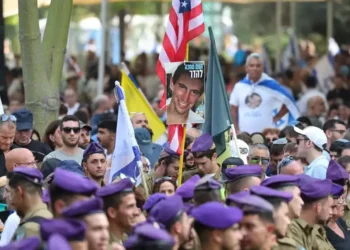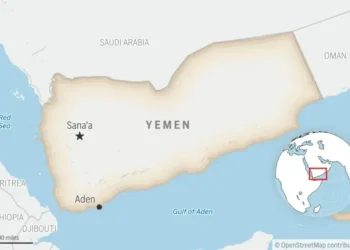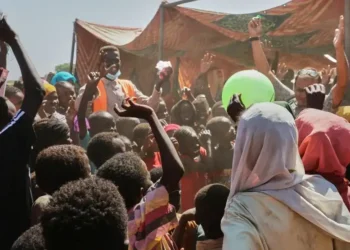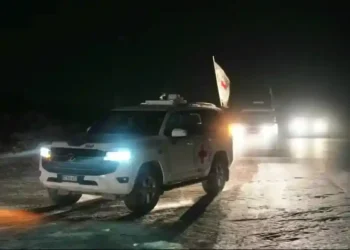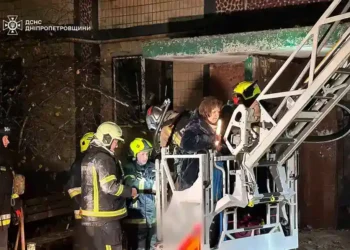Five Al Jazeera Journalists Killed in Israeli Strike Near Gaza’s al-Shifa Hospital
Published Time 08-10-2025, 14:30
Five journalists working for Al Jazeera, including noted reporter Anas al-Sharif, were killed in an Israeli airstrike near the al-Shifa Hospital in Gaza City. The attack targeted a tent used by journalists stationed at the hospital’s main gate, marking a significant escalation in risks faced by media professionals reporting from the Gaza Strip.
This tragic event has drawn strong condemnation from international press freedom organizations and reignited discussions on the protection of journalists covering conflict zones.
Details of the Incident and Victims
Al Jazeera confirmed that five of its journalists were killed in the strike: reporter Anas al-Sharif, correspondent Mohammed Qreiqeh, and cameramen Ibrahim Zaher, Mohammed Noufal, and Moamen Aliwa. The broadcaster stated all five were inside a designated press tent at the time of the attack.
Video footage, verified by BBC, showed rescue workers carrying the victims’ bodies amid cries identifying them by name. Al Jazeera initially reported four fatalities but later updated the count to five.
The Committee to Protect Journalists (CPJ) described the strike as a “blatant and premeditated attack on press freedom,” expressing shock and urging accountability from responsible parties.
Israeli Military Claims and International Responses
The Israel Defense Forces (IDF) confirmed targeting al-Sharif, accusing him of leading a terrorist cell affiliated with Hamas and participating in attacks against Israeli civilians and soldiers. The IDF referenced documents alleging his involvement with Hamas units dating back to 2019.
However, the CPJ and independent observers have criticized these claims, highlighting a lack of publicly available evidence. Jodie Ginsberg, CEO of CPJ, told the BBC, “This pattern of labeling journalists as terrorists posthumously, without transparent evidence, has been ongoing for decades.”
Al Jazeera’s managing editor, Mohamed Moawad, emphasized that al-Sharif was an accredited journalist and a vital source of frontline reporting. Moawad noted that the journalists were targeted within a protected press area, not at the combat front. “The Israeli government appears intent on silencing independent media coverage from Gaza,” Moawad said during a BBC The Newsroom interview.
Reporting Challenges in Gaza Amid Conflict
Since the start of the conflict, Israel has restricted entry for international journalists into Gaza, leaving local reporters as primary sources for coverage of the humanitarian crisis and military hostilities. This situation has exposed Palestinian journalists to extreme risks while covering events in the area.
Al-Sharif, 28, was active on social media shortly before the strike, posting warnings of intense Israeli bombardment in Gaza City. A post published after his death was reportedly shared by a friend, reflecting the urgency and complexity of reporting amid conflict.
Global Reactions and Press Freedom Concerns
United Nations Special Rapporteur on freedom of expression, Irene Khan, condemned the Israeli military’s accusations as “unsubstantiated” and described the attack as part of a broader “blatant assault on journalists.” She stressed the importance of safeguarding media workers who are increasingly targeted during hostilities.
Earlier in 2025, Al Jazeera, the United Nations, and CPJ issued urgent appeals warning about threats to al-Sharif’s safety.
This is not an isolated incident. The IDF has previously targeted Al Jazeera journalists in Gaza, often citing disputed allegations. For example, last year’s killing of journalist Ismael Al-Ghoul was followed by claims from the IDF that he was affiliated with Hamas, a statement firmly rejected by Al Jazeera.
The Broader Impact on Journalists in Gaza
Since October 2023, when Israel launched a large-scale military offensive following a Hamas attack on southern Israel, 186 journalists have been confirmed killed in Gaza, according to CPJ statistics.
Journalists in Gaza operate under dangerous conditions, compounded by shortages of food, medical supplies, and secure environments. International news agencies—including BBC, Reuters, AP, and AFP—have expressed “desperate concern” for the safety and wellbeing of journalists, reporting that many local freelancers often endure long periods without adequate nutrition while facing ongoing airstrike threats.
Humanitarian and Political Context
The current conflict originated from a Hamas-led attack on Israel on October 7, 2023, which resulted in over 1,200 deaths and numerous hostages. Israel’s military response has since led to more than 61,000 deaths in Gaza, according to the Hamas-run health ministry.
International humanitarian organizations have warned of looming mass starvation in Gaza, a crisis worsened by Israel’s control over aid delivery. Israel, however, accuses these groups of disseminating propaganda on behalf of Hamas. Meanwhile, the humanitarian situation continues to deteriorate rapidly.
Conclusion
The killing of five Al Jazeera journalists in an airstrike near Gaza’s al-Shifa Hospital highlights the severe dangers facing media workers in conflict zones and raises urgent questions about the protection of press freedom. As hostilities in Gaza continue, ensuring the safety of journalists remains a critical concern for the international community and advocates of free and independent reporting.
This article was rewritten by JournosNews.com based on verified reporting from trusted sources. The content has been independently reviewed, fact-checked, and edited for accuracy, neutrality, tone, and global readability in accordance with Google News and AdSense standards.
All opinions, quotes, or statements from contributors, experts, or sourced organizations do not necessarily reflect the views of JournosNews.com. JournosNews.com maintains full editorial independence from any external funders, sponsors, or organizations.
Stay informed with JournosNews.com — your trusted source for verified global reporting and in-depth analysis. Follow us on Google News, BlueSky, and X for real-time updates.
